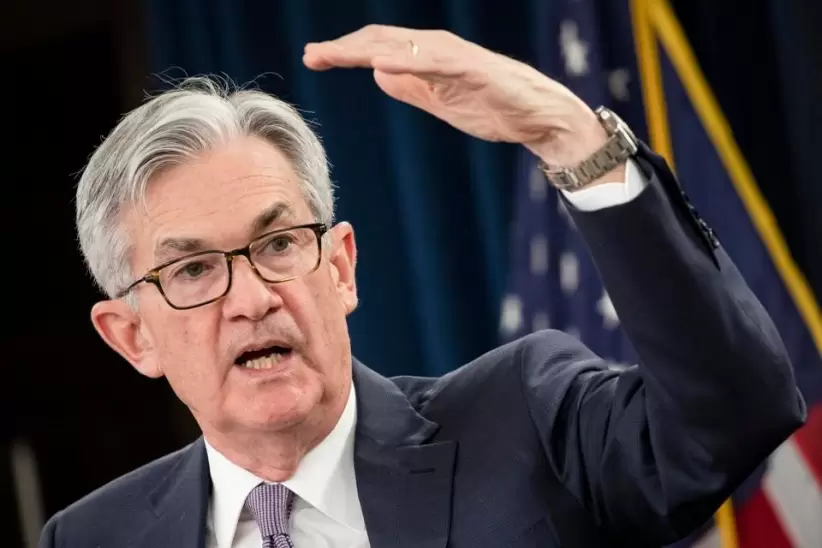After a financial storm with several banks on the brink of collapse, the U.S. Federal Reserve raised rates by 25 basis points.
The Federal Reserve raised interest rates again Wednesday to a 16-year high, making borrowing costs even more expensive among banks and removing calls to take a timeout on hikes to focus on cooling the banking crisis.
Key facts
The Fed’s policymaking committee said it will raise the federal funds rate by 25 basis points to between 4.75% and 5% after its two-day meeting amid economic turbulence.
Notably, the Fed statement did not explicitly refer to any future increase, but said that “additional policy tightening may be appropriate to achieve a monetary policy stance that is sufficiently restrictive to return inflation to its 2% objective.”
Interest rates are now at their highest level since late 2007.
Key Background
The futures market priced in a roughly 90% chance of a 25 basis point hike this Wednesday compared to a 10% chance of a pause, according to the CME FedWatch tool. The Fed raised interest rates after its previous eight policy meetings, sharply increasing the federal funds rate from its 0% target to 0.25% last March and wielding its most powerful weapon against inflation forcefully as consumer prices rose to a four-decade high.
After four consecutive 75 basis point hikes, the Fed slowed its pace of hikes considerably in recent months, raising rates by 50 and 25 basis points following its respective meetings in December and February. The Fed’s inflation battle has begun to pay off, with the consumer price index falling to its lowest annualized level since September 2021 last month. Still, that 6% inflation level remains well above Fed Chairman Jerome Powell’s 2% target.
The nasty side effects of higher rates are also in plain sight, as higher borrowing costs reduced corporate profits and dragged down stock prices (the S&P 500 is down 16% since early 2022) and cracks in the financial system began to show . . Silicon Valley Bank and Signature Bank failed earlier this month as the U.S. institutions proved unable to handle the tougher operating environment, while San Francisco-based First Republic grappled with significant liquidity problems despite support from the federal government and the nation’s largest banks.
Crucial quote.
“The rate issue becomes a matter of calibration, and that is likely to keep markets on edge,” Wells Fargo strategist Scott Wren wrote in a Wednesday note on how the Fed will behave in the coming months. Wren said “disinflationary effects of unknown size [stemming from] recent bank failures” are likely to ruin the Fed’s previous policy plans for 2023.
Sheila Bair, who chaired the Federal Deposit Insurance Corporation from 2006 to 2011 in the midst of that financial crisis, was one of the experts who called on the Fed to pause its rate hikes to focus its attention on the health of the banking sector. “Every single deep recession we’ve had in our history has been caused … by instability in the banking system and a tremendous contraction in credit. That’s what drives the economy into the ditch,” Bair explained during an interview Wednesday with the Washington Post . “If the Fed wants a soft landing, they won’t be able to pull it off if there’s a financial crisis, and I think that should be a much higher priority now.”
Mortgage rates hit their lowest level since mid-February last week, according to new data released Wednesday morning, although higher interest rates are likely to send mortgage rates soaring again.

